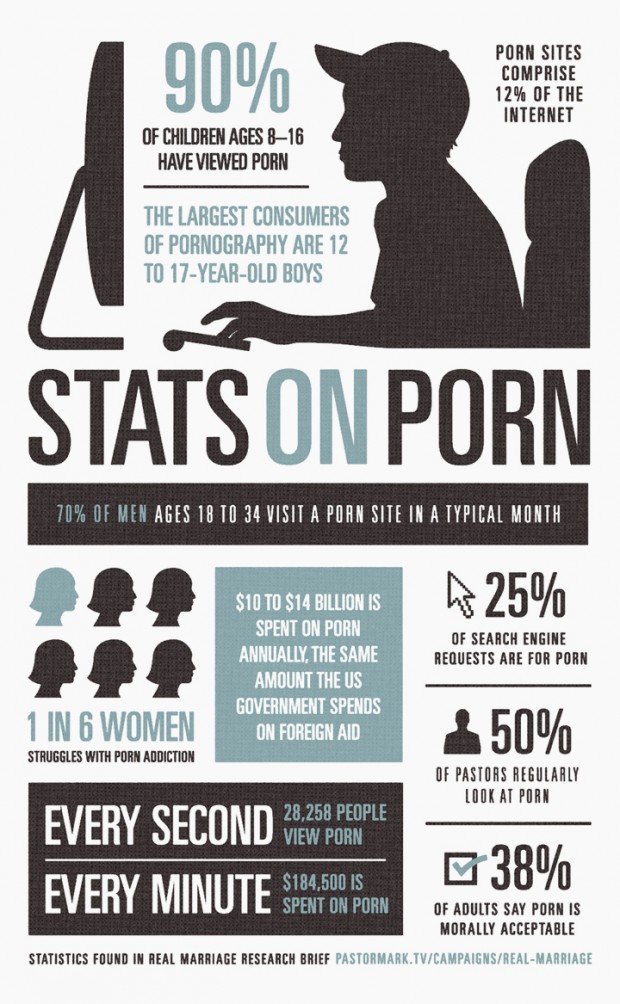Children are the most impressionable beings to walk the earth. Lots of changes are being made and the changes seem the most dramatic in youth. Everything seems so mysterious and new; curiosity seems to be uncontrollable, leading us to be reckless in satisfying the urge to know. Many things seem forbidden yet desirable. Do you remember the time when you first fell in love? Did it feel like Romeo and Juliet, like star-struck lovers discovering their new found sexuality and the end of unrequited love? But many things have changed in the last decade. The internet has changed how adolescents interact with their environment and with others by creating an entirely new medium of communication and unimaginable degree of accessibility to knowledge and content. All youths must now be wary of predators and must be cautious in how they navigate this vast landscape of information. All normal social activities have been amplified to the point where some believe it must be regulated and modified to healthier and rational levels. The teenagers of today are no longer naive in the same way we once were.
The Porn Statistics
These statistics can seem daunting and alarming. Someone ought to do something! Yet, despite the alarming nature of these numbers, there is surprisingly very little research done on pornography’s actual effects on teenagers. According to a study by Ybarra and Mitchel (2005), “beyond perception and belief, no information is available about actual outcomes or linkages between purposeful exposure to Internet pornography and psychosocial or developmental challenge.” (pg. 2)
So what is the damage? Although the risks associated with the consumption of pornography is a complex issue and still warrants further investigation and research, a few things have been discovered. According to the study by Ybarra et al., “Pornography exposure, even at very frequent levels, are not linked to increased levels of sexual aggression. Yet, among men who have ‘predisposing risk levels’ towards aggressive sexual behavior, those who frequently consume pornography have more than four times greater levels of sexual aggression compared to their peers who infrequently seek out pornography.”
Also, according to a study by Romito and Beltramini, “Female students exposed to family psychological violence and to sexual violence were significantly more likely to watch pornography, especially violent pornography than those who had not been exposed.” So, as wee can gather from the most current research done, pornography has a tendency to amplify pre-existing conditions such as aggression and a past of sexual violence in one’s childhood.
While the research on pornography’s effects and direct relationship with subsequent aggressive behavior still remains weak, parents, especially of highly religious backgrounds are taking measures to prevent this. Websites and services, such as Covenant Eyes, can be utilized by parents to monitor their children’s activities. As far as the latest research shows, pornography is not inherently harmful to younger individuals unless predisposed to violence or sexually abused in childhood. We have yet to find a significant and direct correlation in pornography’s ability to cause emotional and mental harm to adolescents.
Nevertheless, it remains a hotly debated issue and one that will continue to grow as internet accessibility grow along with it. It could be seen as a mere transition from printed materiel (i.e. magazines, books) to cyber material (i.e. online movies, pictures) and a natural result of adolescents sexual curiosity appropriate of that age range.
References
Ybarra, M.L., Mitchell, K.J. (2005). Exposure to Internet Pornography among Children and Adolescents: A National Survey. University of New Hampshire.
Romito, P., & Beltramini, L. (2011). Watching pornography: gender differences, violence and victimization. An exploratory study in Italy. Violence against women. 17(10): 1313-1326.

